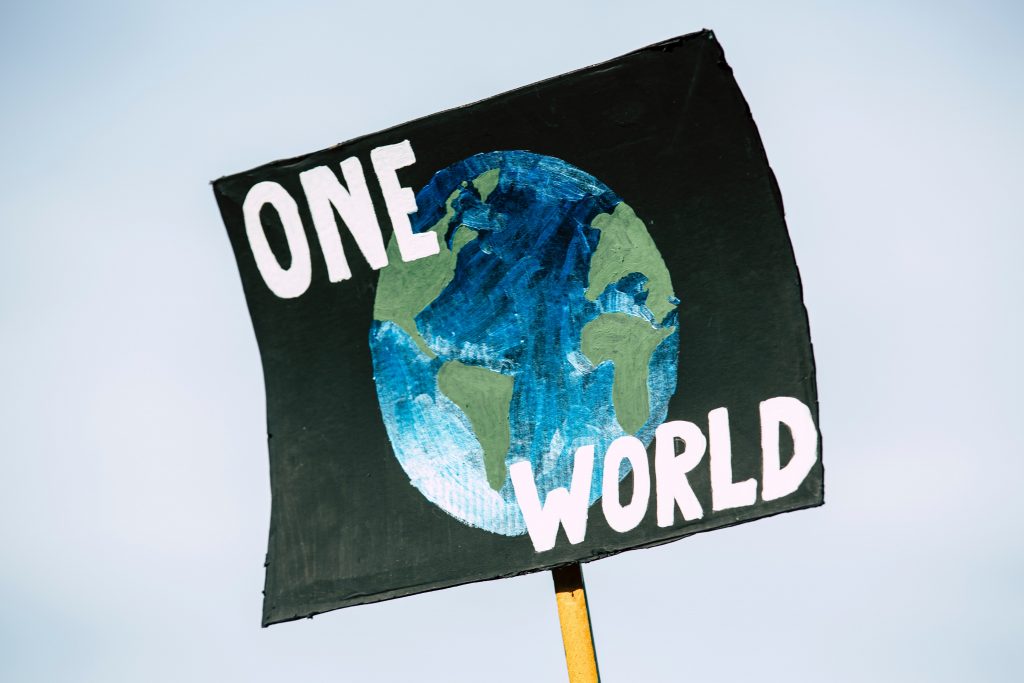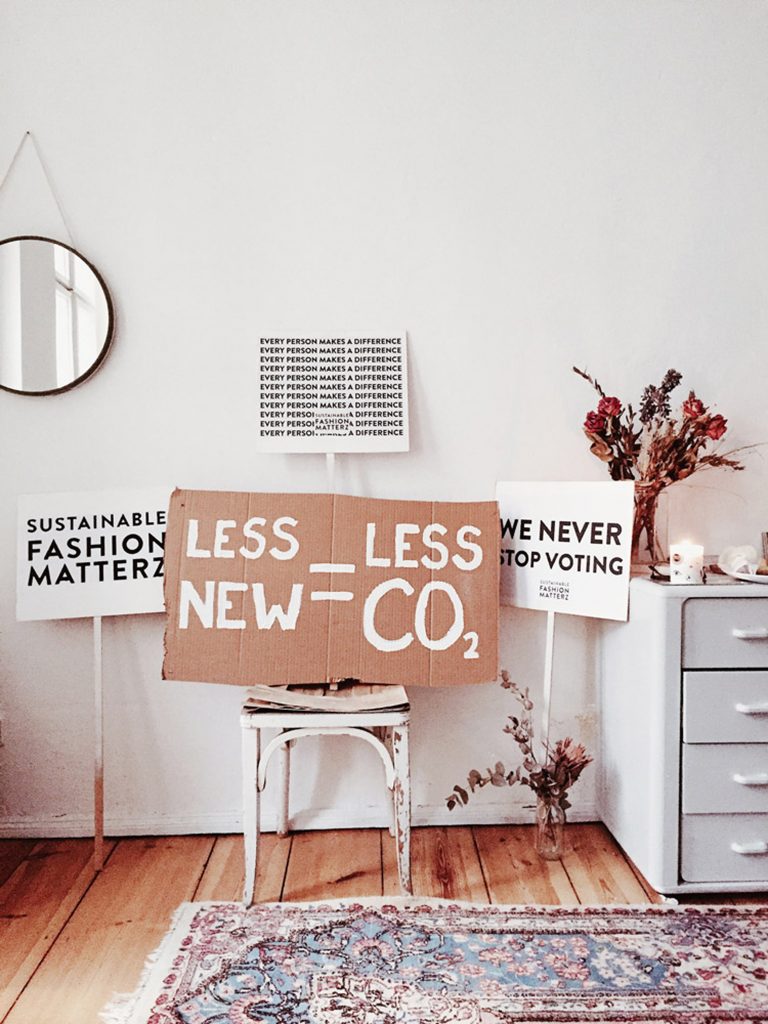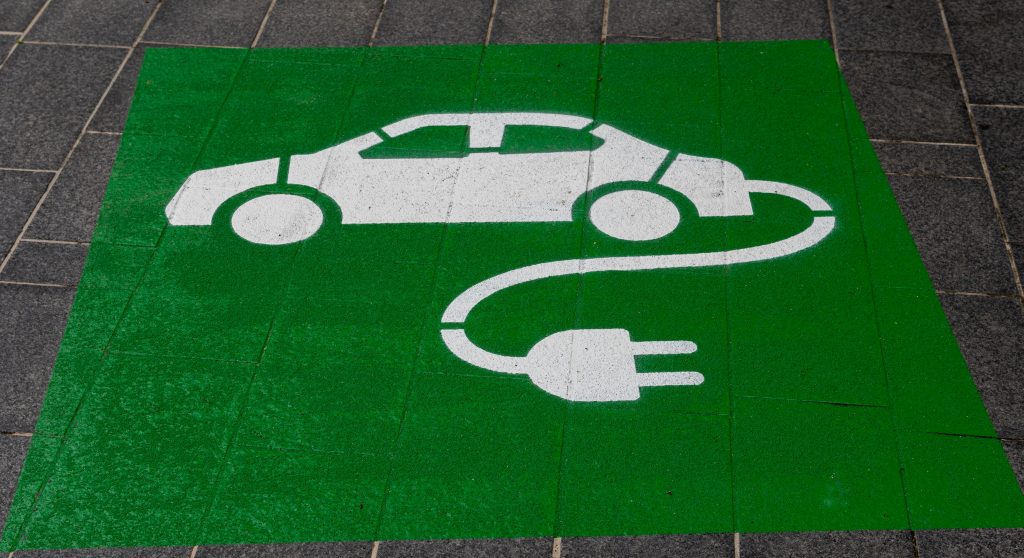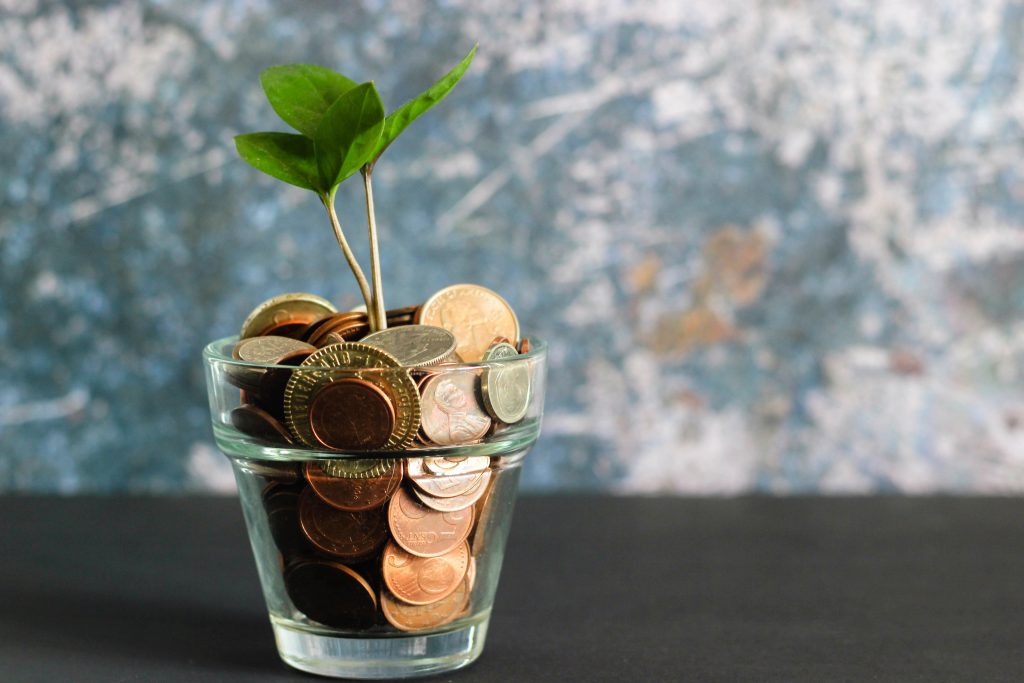Top sustainability trends over the past 15 years11 min read

In 2000, how important was the environmental footprint of a product?
How often do you hear “climate change”, “circular economy” or “sustainability” today compared to 15-20 years ago? And the acronym ESG?
Did you have any idea that the money of large investors would be moved not only by profits but also by the social impact of large corporations?
There is no doubt, therefore, that there are facets concerning sustainability (viewed as environmental, social, and governance dimensions) that have not been considered until about fifteen-twenty years ago.
We are talking about an era (yes, era!) in which social networks were in their infancy (Facebook was born in 2004) and the first iPhone was launched in 2007.
Society evolves and settles down. And for this, in order to evaluate the changes, it is necessary to take a photograph at different time intervals rather than evaluate it on a daily basis. It’s like seeing children after years and appreciating their growth. It would have been different to have it in front of our eyes every day.
And also subsequent evolutions and innovations make it possible to advance and make room for elements that would not have been successful without others. To make a technological comparison: perhaps the apps would not have found the same success without the spread of smartphones.
Let’s see together, therefore, some of the facets of sustainability that are most dominant in the landscape panorama. And that we might not have thought of until a few years ago.
1 – Climate action
Once upon a time, there was the “ozone hole”. Then we moved on to more specific terminologies (GHG, CO2 emissions, etc.). Conscientiousness has always become more sensitive to environmental problems.
Hordes of young people participate in Fridays for Future and have become “activists”. And also companies have made bold climate commitments. Climate change has gained hype more than ever.
Learn more here: An unusual ozone hole opens over the Arctic

2 – Responsible production and consumption
Consumers now also take into account the different impacts of products – but also of companies as a whole – on the environment. The zero-waste approach pervades the way of producers and some sectors, more than others (for example fashion) actually have been adapting to these trends.
Concepts such as “sustainability by design” appear.
The circular economy is an increasingly pervasive paradigm. Circular solutions and circular thinking (keeping resources in use as long as possible to maximize value) promote innovation and destroy linear business models. Reduce, reuse, and recycle.
Learn more here: What fashion industry does for sustainability?
Fashion industry and circular economy
3 – Retail consumer habits
See the previous paragraph. Consumers are increasingly embracing sustainable behaviors. They are attentive to the business models of companies and can mark, now more than ever, their success or failure.
Learn more here: Christmas trees vs Sustainability: better fake or real ones?

4 – Companies’ environmental and social commitment
In the wake of the renewed interest of consumers in environmental and social issues, companies have changed course and are now more committed to all their stakeholders. Corporate social purpose becomes imperative, as well as ESG disclosure. We are witnessing industrial plans increasingly based on sustainability and the development of ESG strategies embedded in the operations. Sometimes real, sometimes fictitious commitment.
In fact, the other side of the coin is the phenomenon of greenwashing, that is, a communication or marketing strategy pursued by companies, institutions, organizations that present their activities as eco-sustainable, trying to hide their negative environmental impact.
Learn more here: Is sustainability only for large companies?
Which business functions (should) speak the ESG language?
5 – Clean energy
More and more energy from renewable sources (wind, solar, wave) contrasts more than ever the domination of fossil fuels. We talk more and more about the percentage of energy from renewable sources to underline the origin and method of production.
Trends are seen not only in the production of energy but also towards the reduction of consumption or optimization (e.g. energy-saving appliances).
Learn more here: Renewable sources dominated the energy market in 2019
Denmark, the artificial islands to produce renewable energy
6 – Clean tech
Connected to the previous paragraph is clean-tech. In general, the term indicates clean technologies, that is all those solutions and products that reduce (or eliminate) the environmental impact of a given production process. It refers also to energy efficiency improvements. Making more rational use of natural resources, and cutting waste emissions.
Learn more here: AI can support the sustainable future
Planet Positive startups, Europe’s tech future is green
Urban heat islands and green solutions
Chia Coin: the green alternative to Bitcoin
7 – Electric vehicles and mobility
Clean mobility has caught on in the cities (public transport, scooters, etc.). Cars without internal combustion engines conquer the market. Often with similar or better performance. More and more cars and increasingly low prices for consumers. The manufacturers have been undertaking to produce only electric cars in the future, setting their agendas towards the abandonment of the production of internal combustion engine cars.

8 – Sharing economy
The sharing economy is not exactly born with the aim of having a positive impact on the environment, but indirectly it does. Depending on the person, the sharing economy is seen as a choice, opportunity, or way of contributing to our planet. Sharing a car trip with other people is an example.
Learn more here: Economic sustainability
9 – Plastic-free world
The war on plastics has become increasingly severe to the point of modeling the packaging and approaches of many companies. Great innovations in the introduction of more sustainable and biodegradable materials. The world is becoming increasingly anti-plastic and governments are acting accordingly.
Learn more here: The war against plastic
10 – Blue side of the planet: water protection and air emissions
If before the attention was focused almost exclusively on the “green” component of the planet (forests, woods, plants, etc.) over time, also the “blue” component has taken hold. Not only sea and oceans but also air and atmosphere. In the first case, the main suspect is the plastic that contaminates ecosystems, in the second it is carbon emissions.
Learn more here: Satellites can help to detect plastic in the oceans
The Ocean Cleanup: the largest cleanup in history
What if weeks of lockdown hadn’t changed anything about pollution?
11 – Diversity, equity, and inclusion
Previously, the main theme was mainly gender gap and gender equality. Now strategies, policies, programs promote the participation and representation of different groups of individuals, including people of different ages, races, ethnicities, abilities and disabilities, genders, religions, cultures, and sexual orientations. The working environment is the most impacted by this, but also other sectors (i.e. movies, series, cartoons) have seen changes in this regard.
Learn more here: March 1st: Zero Discrimination Day
September 18th: International Equal Pay Day
12 – Carbon-neutral / Carbon-net-zero actions
Policies to reduce carbon emissions, down to zero, and offset one’s impact on the environment (environmental footprint) with specific actions (i.e. planting trees for an equal amount of CO2 made). Carbon-negative is next.
13 – Sustainable finance
In the financial markets, increasing importance is given to sustainable investments and ESG-conscious companies. Severe criticism is leveled at organizations accused of greenwashing. Sustainable finance, albeit on a small scale, is now strongly dominant. Ethical investing is gaining ground.
Learn more here: ESG funds: pay dividends or employees in COVID era?

14 – Sustainability corporate reporting
Increasingly stringent regulation on non-financial information, integrated or separate from corporate financial statements. Companies are also gradually forced by various government regulations to disclose their climate risks to the public.
Learn more: The state of sustainability reporting instruments worldwide
The state of sustainability around the world
15 – Business integrity and transparency
If transparency is mainly linked to the communication of one’s activities in an honest and direct way, integrity refers to the purest corporate values. Both, if badly managed, have an impact on reputation, a fundamental asset now more than ever.
16 – ESG ratings
While on the one hand companies disclose their commitment in the environmental, social, and governance areas, the other side of the coin is the certification organizations and the ESG ratings given to companies. Especially investors, by now, have started to give a lot of importance to this information. With consequent impacts on the composition of portfolios (institutional or retail).
17 – Corporate social purpose
Once upon a time, there was a mission and a vision. Then the purpose came. Corporate communication and corporate values today revolve not only around mission and vision but are also about why an organization does business to make the world a better place.
It is about creating benefits for society as a whole through its operations. Not just profits. All stakeholders are looking for a real purpose to outweigh mere numbers.
Learn more here: 30+ companies with significant volunteer programs
18 – Human rights in supply chains
To be honest, this has always been a sensitive issue in the corporate world. Just think of media reporting stories of large multinationals that outsource labor to the poorest countries, also involving children. Nowadays the focus is on the overall supply chain instead of specific situations.
Learn more here: December 10th: Human Rights Day
19 – Sustainable cities
The concept of sustainable cities refers to the implementation of eco-friendly practices within urban areas. Examples are green spaces, supporting technology in the urban environment to reduce air pollution and CO2 emissions, improve air quality and protect natural resources. Sustainable cities are becoming essential to fight against global climate change, starting from the urban scale that is closest to the citizens.
Learn more here: Mexico City’s pollution solution: Vía Verde Vertical Gardens
20 – New meaning of wellbeing
The Covid pandemic has certainly impacted the concept of wellbeing. If in the initial more serious phases the focus was on mental health, then the concept has become complete with all the components. Smart working has been taking hold and also the awareness that something was already wrong. The great resignation – the phenomenon that indicates a more pronounced number of people resigning from their jobs than in the past – has been giving an important signal to the toxicity of many corporate environments. People prefer now to sacrifice salary and career for the benefit of overall well-being. Big cities and the stress that comes with them have been also responsible.
21 – Apps to fight against waste
There is an increasingly marked trend to reduce waste. For example, there are apps that help fight food waste. Others, on the other hand, want to promote a circular model. Less waste means less of the planet’s resources consumed. Win-win situation.
Learn more here: September 29th: International Day of Awareness of Food Loss and Waste
Apeel, a way to solve food-wasting with investors like Oprah and Katy Perry
Do you want to be sustainable? Don’t waste food
22 – Sustainable Development Goals (SDGs)
It seems like a lifetime ago since we are talking about it but the UN SDGs were introduced in 2015. These are 17 Sustainable Development Goals identified by the UN that aim to safeguard the planet and the well-being of its inhabitants. And they leverage a new economic approach.
Learn more here: COVID-19 impact on SDGs
Conclusions
In general, in recent decades there has been a more marked environment and social sensitivity. Other facets were already present before the beginning of the new millennium: environmental awareness, nature protection, care of the ecosystems, biodiversity, deforestation (also in the interest of future generations). For these, we cannot speak of trends but rather of renewed and strengthened awareness.
Let’s keep an eye on these trends and see how they will evolve in the years to come.
Featured image by The Humble Co. on Unsplash





